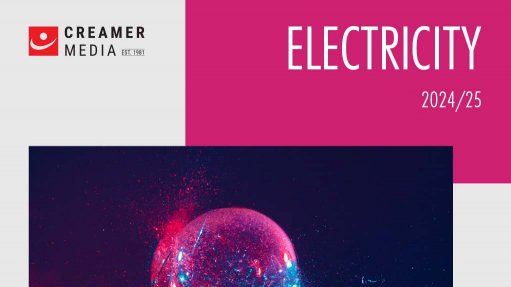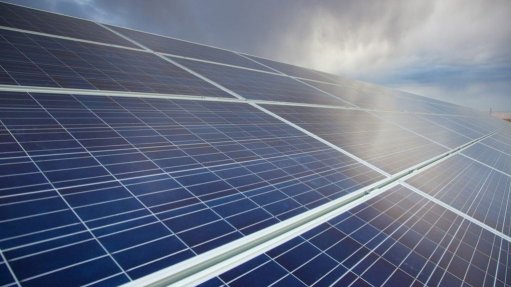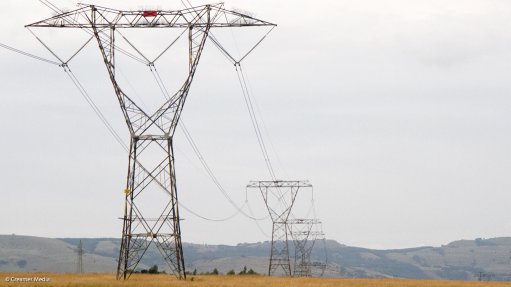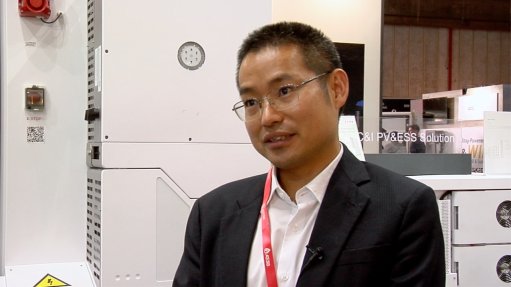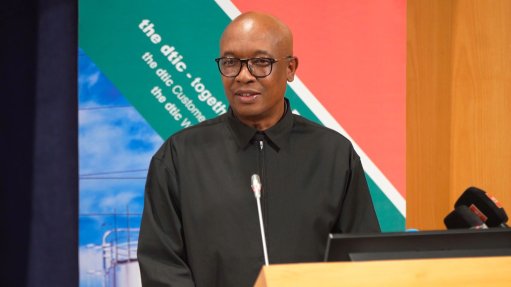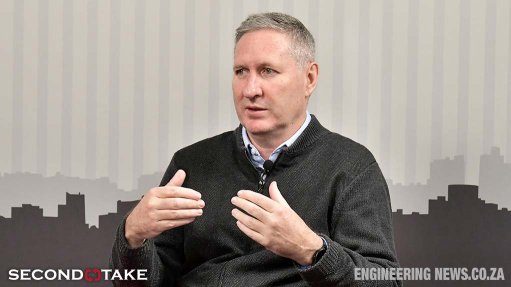Opinion: The role of electric vehicles in SA’s energy transition
In this opinion article, South African National Energy Development Institute (SANEDI) CEO Dr Titus Mathe writes about the role of EVs (EVs) in South Africa’s energy transition.
The driving force behind the world’s best-known EV company, Tesla, is a South African. However, for the majority of Elon Musk’s compatriots, the technology is so far out of reach as to feel almost irrelevant.
In addition, EVs seem counterintuitive in a country that doesn’t have enough electricity as it is. Adding energy-hungry vehicles to the grid will surely make matters worse.
Not, SANEDI believes, if it is done smartly. In fact, studies in the UK, the US and Germany have shown that charging EVs in off-peak hours, can contribute tremendously to balancing out electricity demand and supply during a 24-hour period. Avoiding significant fluctuations is critical to grid stability and makes planning for new capacity easier and more effective.
To achieve this, the EV-to-Grid (V2G) model comes into play. In simple terms, it means that EVs are in communication with the grid so that they can be charged during off-peak hours, which are typically in the middle of the day and during the night when household and commercial consumption, respectively, is at its lowest.
The V2G model integrates EVs, charging stations, other energy providers, grid connections and smart metering. Smart charging enables communication and interaction among all connected elements on the system, and this turns EVs into providers of energy services rather than simple users of electricity. If implemented correctly, consumers can provide energy to the grid through bidirectional charging stations, while generation, transmission, distribution, energy usage and storage are optimised across all actors.
Who, however, will buy enough EVs to make this potentially beneficial impact a reality? The existing exorbitant import duties on vehicles and components alike put EVs beyond the reach of most South Africans, but SANEDI sees a three-pronged solution.
First, import duties must be reconsidered and incentives put in place for households and fleet managers to consider EVs.
Secondly, original-equipment manufacturers (OEMs), fleet operators and municipalities must focus on transport in the public sphere, i.e., buses, taxis and sedans used in ride-share services. Not only is the market enormous, but public transportation will also make EVs relevant to the majority of South Africans.
Finally, the manufacturing of at least some EV components must be localised urgently. While a measure of importation will always be needed, much can be done to decrease our import dependency and, in the process, create the jobs that will sustain the transition to a new energy future.
For SANEDI, the energy transition has to be seen in the context of South Africa’s socioeconomic realities. Therefore, as we introduce EVs into the grid, we have to ask how it’s going to help us create employment, even out inequality and deal with poverty. With V2G technology these outcomes are possible.
It is not, however, an overnight implementation. A smart grid is critical, which will require modernising the existing infrastructure. In addition, we need policy certainty and enabling industry norms and standards to develop the infrastructure, skills and investment needed for a V2G rollout.
The opportunities are many, varying from manufacturing jobs to opportunities for entrepreneurs to deliver services related to charging infrastructure, grid management and ancillary services such as voltage management. It is also important to consider a cloud-based big-data platform that optimises the V2G process to provide useful information to vehicle owners, OEMs, charger providers and government.
EVs themselves are not the silver bullet. However, as part of a well-conceived and properly implemented V2G programme, they can accelerate South Africa’s energy transition, while becoming relevant and valuable to the entire population.
Comments
Announcements
What's On
Subscribe to improve your user experience...
Option 1 (equivalent of R125 a month):
Receive a weekly copy of Creamer Media's Engineering News & Mining Weekly magazine
(print copy for those in South Africa and e-magazine for those outside of South Africa)
Receive daily email newsletters
Access to full search results
Access archive of magazine back copies
Access to Projects in Progress
Access to ONE Research Report of your choice in PDF format
Option 2 (equivalent of R375 a month):
All benefits from Option 1
PLUS
Access to Creamer Media's Research Channel Africa for ALL Research Reports, in PDF format, on various industrial and mining sectors
including Electricity; Water; Energy Transition; Hydrogen; Roads, Rail and Ports; Coal; Gold; Platinum; Battery Metals; etc.
Already a subscriber?
Forgotten your password?
Receive weekly copy of Creamer Media's Engineering News & Mining Weekly magazine (print copy for those in South Africa and e-magazine for those outside of South Africa)
➕
Recieve daily email newsletters
➕
Access to full search results
➕
Access archive of magazine back copies
➕
Access to Projects in Progress
➕
Access to ONE Research Report of your choice in PDF format
RESEARCH CHANNEL AFRICA
R4500 (equivalent of R375 a month)
SUBSCRIBEAll benefits from Option 1
➕
Access to Creamer Media's Research Channel Africa for ALL Research Reports on various industrial and mining sectors, in PDF format, including on:
Electricity
➕
Water
➕
Energy Transition
➕
Hydrogen
➕
Roads, Rail and Ports
➕
Coal
➕
Gold
➕
Platinum
➕
Battery Metals
➕
etc.
Receive all benefits from Option 1 or Option 2 delivered to numerous people at your company
➕
Multiple User names and Passwords for simultaneous log-ins
➕
Intranet integration access to all in your organisation




